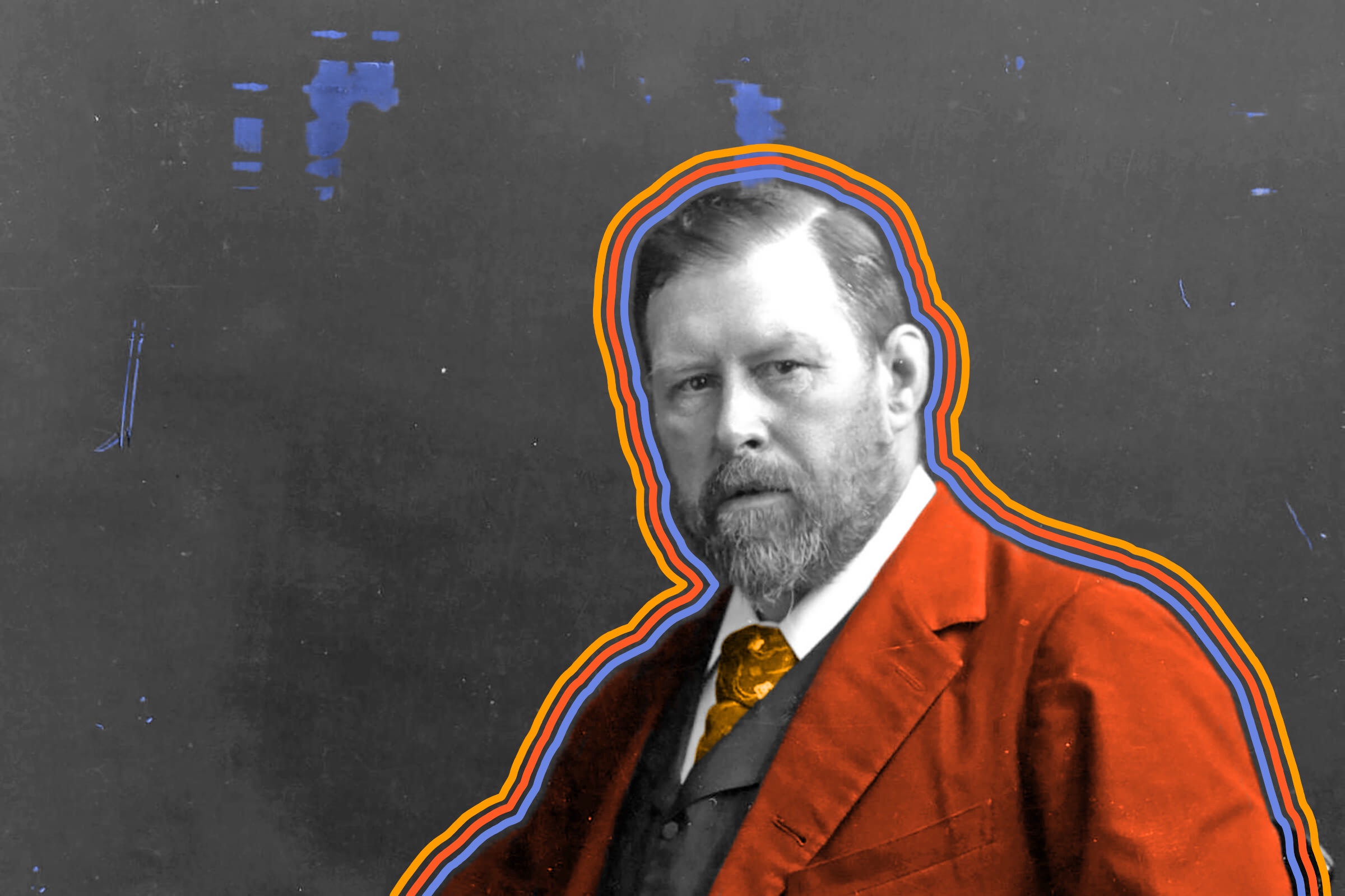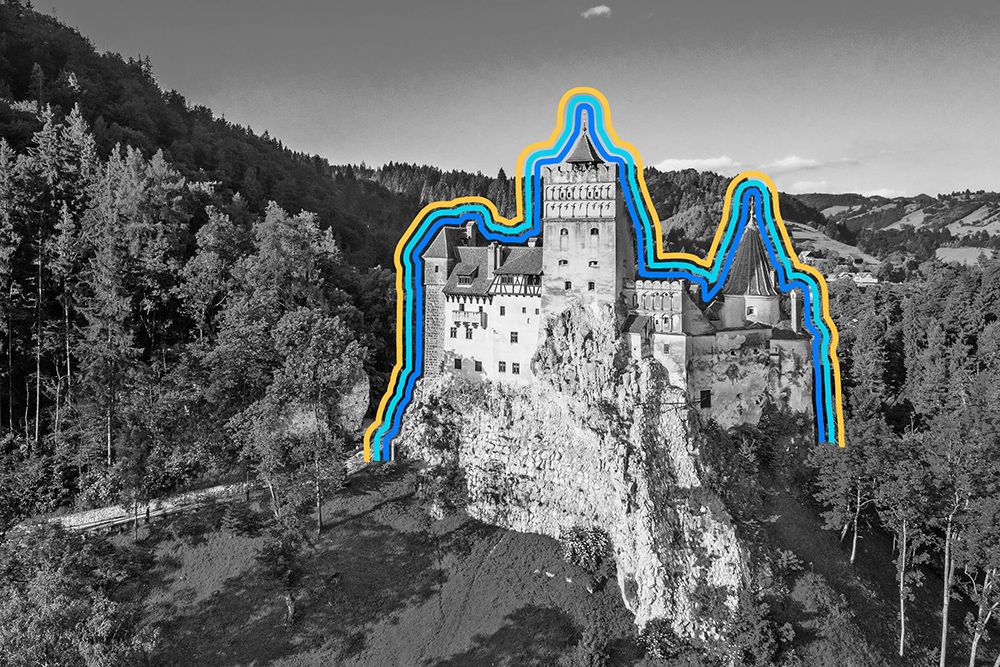
Bram Stoker never visited Transylvania.
If you know anything about Transylvania, it’s probably that Dracula calls it home. Yet the author of Dracula, Irish writer Bram Stoker, never even visited Romania’s spookiest region. The town of Whitby, England — home to a 13th-century monastery called Whitby Abbey, which is surrounded by gravestones and has been in ruins for hundreds of years — was actually the most direct influence on the setting of the 1897 vampire novel. Stoker spent four weeks in Whitby between July and August of 1890, a visit that helped inspire his depiction of Dracula’s lair.
So why not simply have the world’s most famous vampire live in Whitby? Well, Stoker called Transylvania “one of the wildest and least known portions of Europe” in the book’s first chapter, an evocative description based on his research into the area and 19th-century travel literature. Dracula himself was also partly inspired by Romanian superstitions and Vlad III, whom history often remembers by a more colorful name: Vlad the Impaler. The son of Vlad Dracul, he may have been born in Transylvania, eventually became Voivode (ruler) of Wallachia (a region of Romania), and more than earned his nickname by impaling perhaps hundreds of enemies. Considering he was born in the 15th century, it’s almost surprising it took so long for someone to base a character like Dracula on him.
Nor was it fatal to any other vampire for a full 25 years after Dracula was published. The trope was actually invented in the 1922 German movie Nosferatu: A Symphony of Horror, director F.W. Murnau’s unofficial adaptation of Stoker’s novel. Widely considered one of the best, most influential horror films ever made, the German expressionist masterwork almost passed out of existence immediately after its release. Stoker’s estate sued over it in Germany, reportedly leading to a court ordering all copies of the film to be destroyed. Fortunately, enough prints survived for it to eventually achieve its current reputation as a vampiric classic almost on the same level as Dracula itself.

